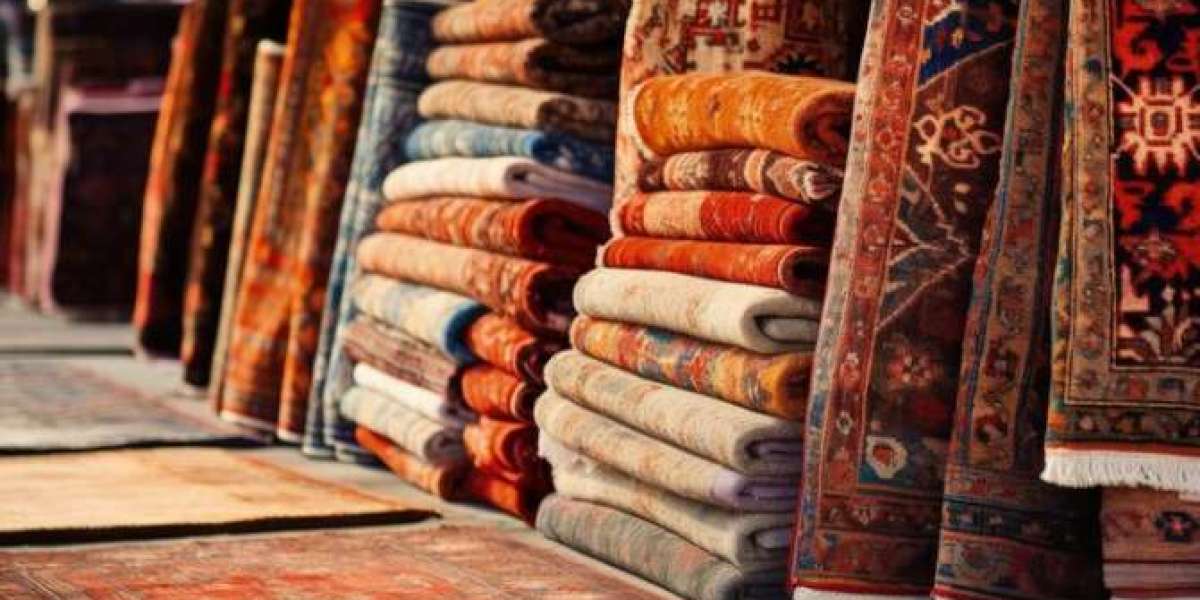In the vibrant tapestry of Pakistan's rich cultural heritage, one finds a thread that weaves through generations, connecting the past with the present—the Pakistani rug. These exquisite pieces of craftsmanship are more than just floor coverings; they are a reflection of the country's diverse history, artistic traditions, and the skilled hands that bring them to life. In this exploration, we delve into the world of Pakistani rugs, uncovering the stories they tell and the cultural significance they hold.
The Legacy of Pakistani Rug Making
Pakistani rug making can be traced back centuries, with roots deeply embedded in the ancient art of carpet weaving. The craft has been passed down through generations, evolving over time to incorporate influences from various civilizations that have left their mark on the region. From the Persian Empire to the Mughal era, each epoch has contributed to the unique fusion of styles and techniques that define Pakistani rugs today.
One of the distinguishing features of Pakistani rugs is the meticulous hand-knotting process used in their creation. This labor-intensive method involves skilled artisans tying individual knots onto the warp threads, resulting in a dense and durable textile. The time-honored tradition of hand-knotting not only ensures the longevity of the rug but also imparts a distinct texture and character that machine-made alternatives lack.
Design Diversity: A Kaleidoscope of Patterns and Colors
Pakistani rugs are celebrated for their mesmerizing designs, which draw inspiration from a myriad of sources. Geometric patterns, floral motifs, and intricate medallions are common themes that adorn these masterpieces, each design telling a story of its own. These motifs are often imbued with cultural and symbolic significance, reflecting the beliefs, myths, and values of the communities that create them.
The color palette of Pakistani rugs is equally diverse, with bold hues and subtle tones coming together to create visually stunning compositions. Natural dyes derived from plants, minerals, and insects are traditionally used, lending the rugs an organic and earthy feel. The juxtaposition of vibrant reds, blues, and greens with more muted earth tones results in a harmonious blend that captivates the beholder.
Pakistani Rugs and Cultural Symbolism
Beyond their aesthetic appeal, Pakistani rugs are laden with cultural symbolism. Many designs incorporate elements that hold specific meanings within the context of Pakistani heritage. For instance, the Tree of Life motif is a recurrent theme, symbolizing fertility, prosperity, and the interconnectedness of all living things. Other motifs, such as the Gul (flower) and Eslimi (Islamic) patterns, pay homage to the country's religious and artistic traditions.
The region's nomadic tribes also contribute to the cultural mosaic woven into Pakistani rugs. Nomadic designs often feature bold geometric patterns and tribal symbols, reflecting the nomads' close connection to nature and their nomadic way of life. These rugs serve as both functional items and cultural artifacts, embodying the spirit of the communities that create them.
The Role of Pakistani Rugs in Contemporary Design
While Pakistani rugs have deep roots in tradition, they have also found a place in contemporary design. Interior designers and collectors around the world are increasingly drawn to the timeless elegance and craftsmanship of these rugs. Their versatility allows them to seamlessly integrate into a variety of design styles, from classic to modern, adding warmth and character to any space.
In recent years, collaborations between Pakistani rug artisans and international designers have emerged, resulting in innovative and contemporary interpretations of traditional designs. These collaborations not only breathe new life into the craft but also provide a platform for Pakistani artisans to showcase their skills on a global stage.
Preserving the Artisanal Craftsmanship
Despite the global appreciation for Pakistani rugs, the craft faces challenges in the modern era. Economic pressures, changing consumer preferences, and the lure of mass-produced alternatives threaten the livelihoods of traditional rug artisans. Recognizing the importance of preserving this cultural heritage, initiatives have been undertaken to support and promote the craft.
Non-profit organizations, government agencies, and private initiatives are working to provide training, financial assistance, and market access to Pakistani rug weavers. By fostering sustainable practices and ethical production, these efforts aim to ensure that the art of hand-knotting continues to thrive for future generations.
Conclusion
In the intricate patterns and vibrant colors of Pakistani rugs, we find a reflection of the country's rich history, diverse culture, and the enduring spirit of its people. These handcrafted masterpieces transcend mere floor coverings, serving as windows into a world where tradition and innovation coexist. As we appreciate the artistry woven into each rug, let us also recognize the importance of preserving this cultural heritage, ensuring that the stories they tell continue to resonate for generations to come.



